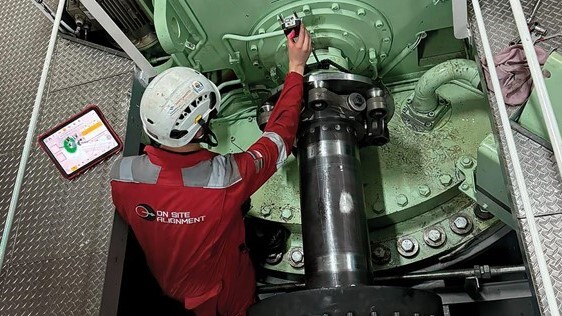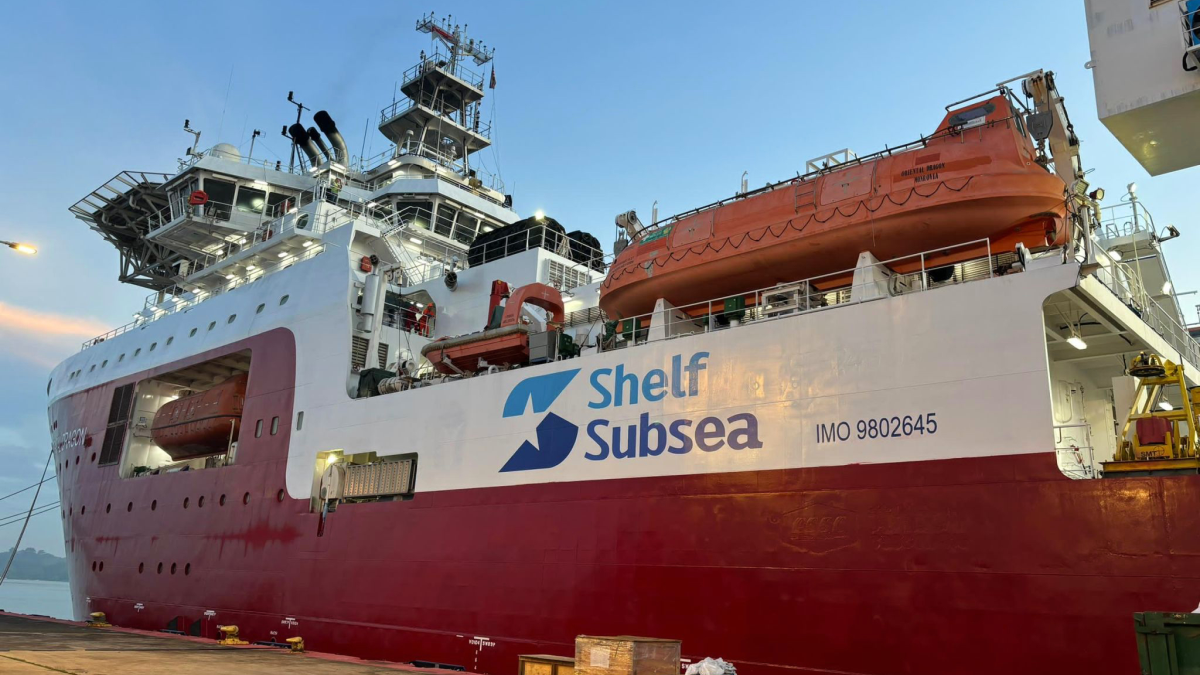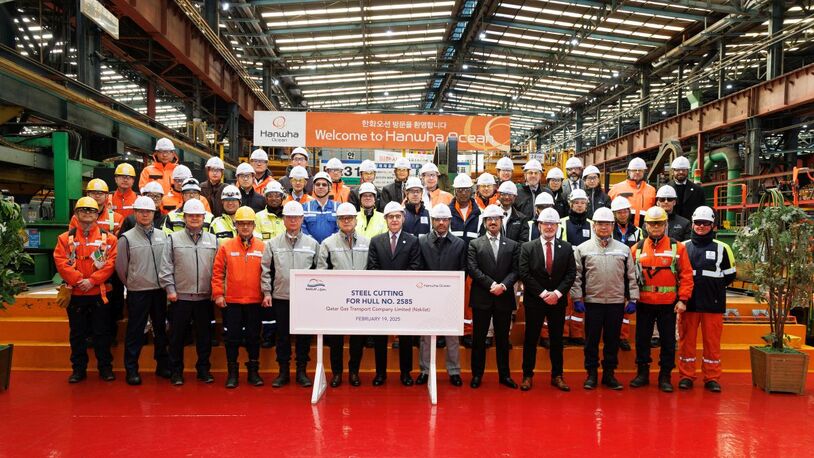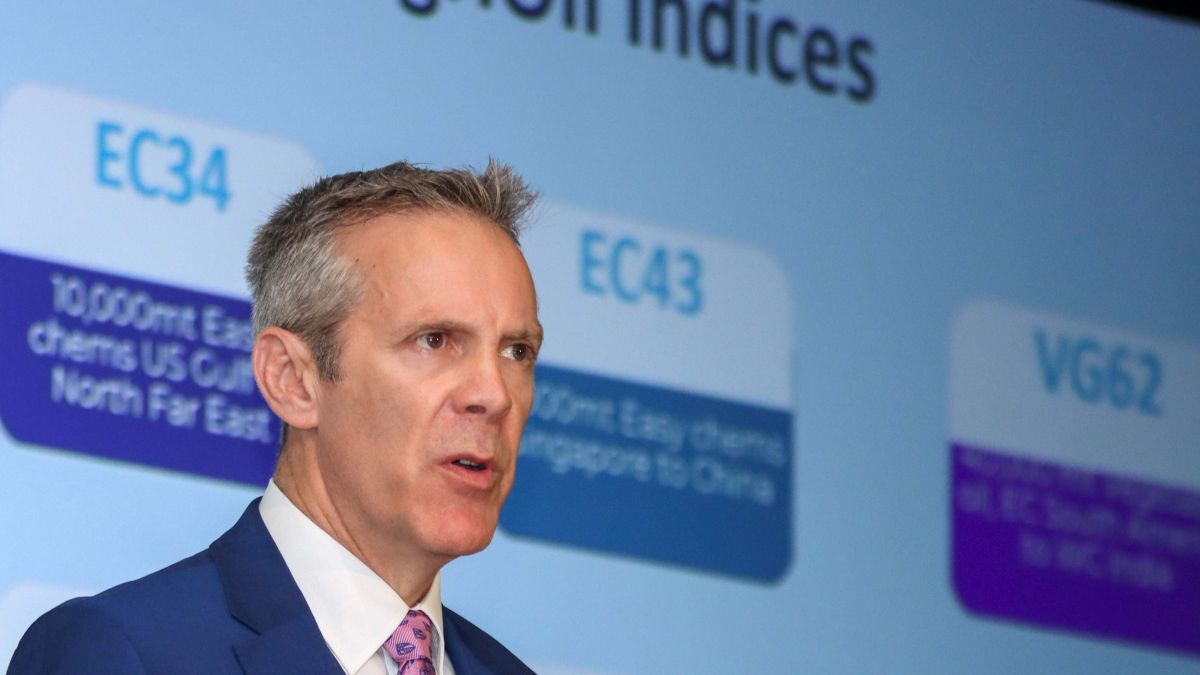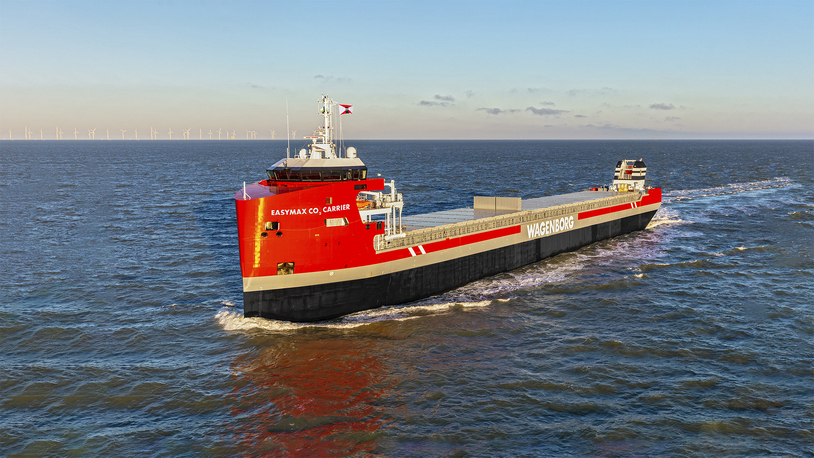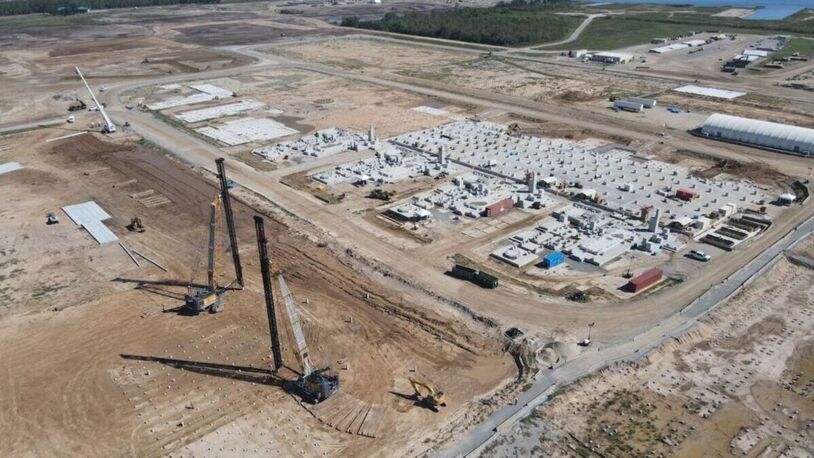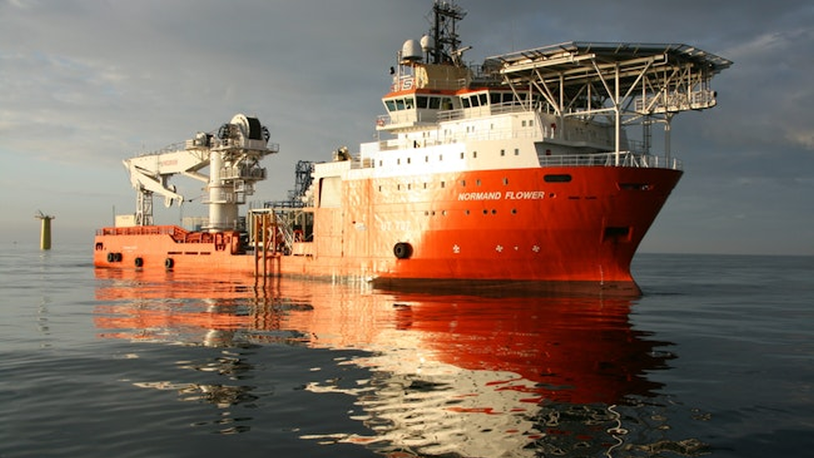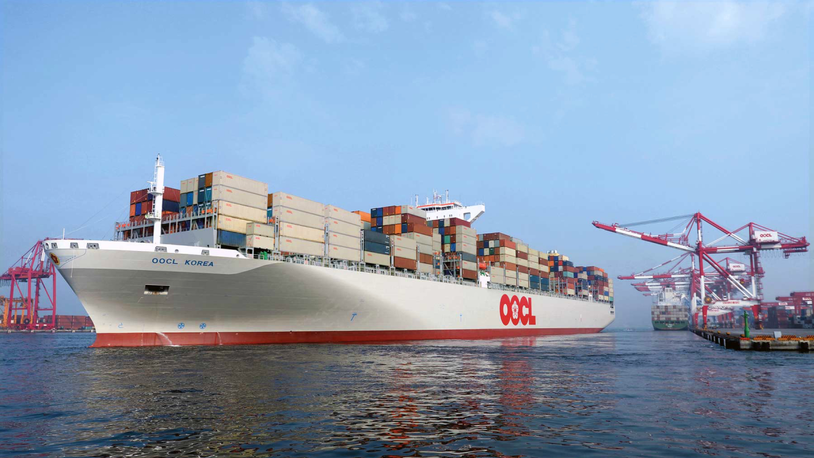Business Sectors
Events
Contents
Middle East scoops up dive support vessels, tightening availability in southeast Asia
Leading shipbroker Fearnley says tight supply of DSVs in southeast Asia is driving up day rates, and comes at a time when decommissioning work in the region is set to rise
With Middle East charterers scooping up saturation dive support vessels for term contract work, southeast Asia charterers have been left scrabbling for tonnage, driving higher mobilisation fees and day rate premiums for the region.
Leading shipbroker Fearnley says the low supply of sat dive support vessels (DSVs) comes as decommissioning activities are set to pick up in southeast Asia, with significant initiatives planned by Petronas and BSP in Brunei.
Fearnley notes the tight availability of DSV tonnage has a knock-on effect on other offshore oil and gas regions, too. “This scarcity also translates to higher costs in terms of mobilisation fees from other regions and day rate premiums,” says the shipbroker. “Overall, this is a significant consideration for clients planning subsea projects, as the availability and cost of vessels can vastly impact project timelines and budgets.”
Fearnley notes an increase in the number of DSVs working in the Middle East, highlighting the region’s “growing importance” as a market for subsea tonnage.
One of those DSVs deployed in the Middle East is Seamec Swordfish. Built by Kleven Verft in 2007 as Siem Swordfish, the 103.7-m, DP-2-class DSV was deployed at a day rate of US$40,000 with Mermaid Subsea Services for work in Saudi Arabia and the UAE for the month of February. The value of the contract is US$1.08M. India’s Seamec Ltd had acquired the vessel from James Fisher and Son for US$24M in 2022. Following its charter to Mermaid Subsea, the vessel was due to undertake a 730-day charter with a total value of US$57.4M with Safeen Al Behar in Saudi Arabia and the UAE.
“This scarcity translates into higher costs”
Overall, the Indian OSV owner has five DSVs in its fleet, including the 1983-built Seamec III, which undertook a short-term charter with Asian Energy Services, working on the east coast of India carrying out jobs related to sat diving for the installation of FPSO and field startups. The average day rate for the charter was US$42,000.
And speaking of FPSO work, Australia’s Shelf Subsea reported deploying the DP-3-class sat dive vessel Southern Star to assist in an FPSO change out in the Gulf of Thailand. With a 1,000 m2 back deck, 150-ton AHC crane and accommodation for 120, the vessel is one of the most advanced DSVs operating in the Asia Pacific region, with Voith Schneider propulsion systems, port and starboard SPHLs for greater diver safety and more efficient operations.
Shelf Subsea’s newly chartered DP-3-class DSV Oriental Dragon recently completed an SPM installation in the Gulf of Thailand.

DSV newbuilds
In 2024, UAE-based offshore construction company CCC Underwater Engineering (CCCUWE) took delivery of the DP-3-class Wadad Aletheia. Built by China’s Shanghai Zhenhua Heavy Industries (ZPMC), the highly capable ice-class DSV has a 24-man fully automated twin bell saturation diving system. The DNV-class vessel has an overall length of 149.5 m, beam of 27 m, and depth of 11.33 m, and accommodation for 200. The vessel is equipped with a 400-ton MacGregor active heave compensation (AHC) crane and has a top speed of 15.8 knots.
UK ship valuation service provider, VesselsValue, part of Veson Nautical, lists Jana 201 as one of three large DSVs under construction in its database. The 98-m DSV is being built by Guangzhou Salvage Shipyard for delivery to Jana Marine Services in October 2026. Cargo handling equipment manufacturer, MacGregor, reported it is supplying a 100-ton AHC crane for the vessel.
CCCUWE has secured a subsea contract for a Middle East project with an EPC contractor to install pre-lay concrete sleepers and pre-lay concrete mattresses and other subsea engineering and installation services.
Starting Q2 2025, this campaign will be undertaken from the DP-2-class Said Aletheia. The vessel is CCCUWE’s purpose-designed and built multi-purpose diving support and subsea construction vessel, classed by ABS.
Decommissioning activity uptick
Meanwhile, southeast Asia’s decommissioning activities are set to pick up, notes Fearnley. With aging wells in the region, the broker expects “some decommissioning initiatives this year, with more to come towards the end of the decade.”
Malaysian oil and gas powerhouse Petronas details plug and abandonment (P&A) plans for about 153 wells, along with decommissioning of around 37 offshore facilities and the Sabah-Sarawak Gas Pipeline over the next three years.
From 2026 to 2029, the decommissioning efforts will increase further by targeting around 28 fixed platforms, three central processing platforms, and two floating production units. Additionally, P&A activities are projected to rise, with plans to abandon 80 wells each year starting in 2028.
“Confirmed order backlogs indicate promising future activity”
Similar efforts are underway in Brunei, where BSP has awarded an EPRD contract to Serikandi Hilong, a joint venture between Serikandi Oilfield Services (Brunei) and Hilong Marine Engineering (Hong Kong).
Set to begin in mid-2025, the project involves the decommissioning of up to 50 offshore platforms, many of which are in the Tali oilfield.
The pipe-lay derrick barge Hilong 106 will be used for the project, having previously worked in Thailand, and is equipped for heavy lifting and subsea pipeline installation. Concurrently, decommissioning efforts will remain robust, particularly in Thailand with numerous aging fixed platforms.
“Overall, while we paint a slightly muted outlook for the OSV market in the short term, the subsea market in the Middle East and southeast Asia is poised for continued growth, driven by increasing demand for subsea services, and favourable market conditions,” says Fearnley.
Adds the broker: “Confirmed order backlogs indicate promising future activity levels which will translate into increased offshore activity. Rising demand for subsea operations would also likely push up day rates for diving support and construction support vessels.”
Related to this Story
Events
Maritime Environmental Protection Webinar Week
The illusion of safety: what we're getting wrong about crews, tech, and fatigue
Responsible Ship Recycling Forum 2025
© 2024 Riviera Maritime Media Ltd.

